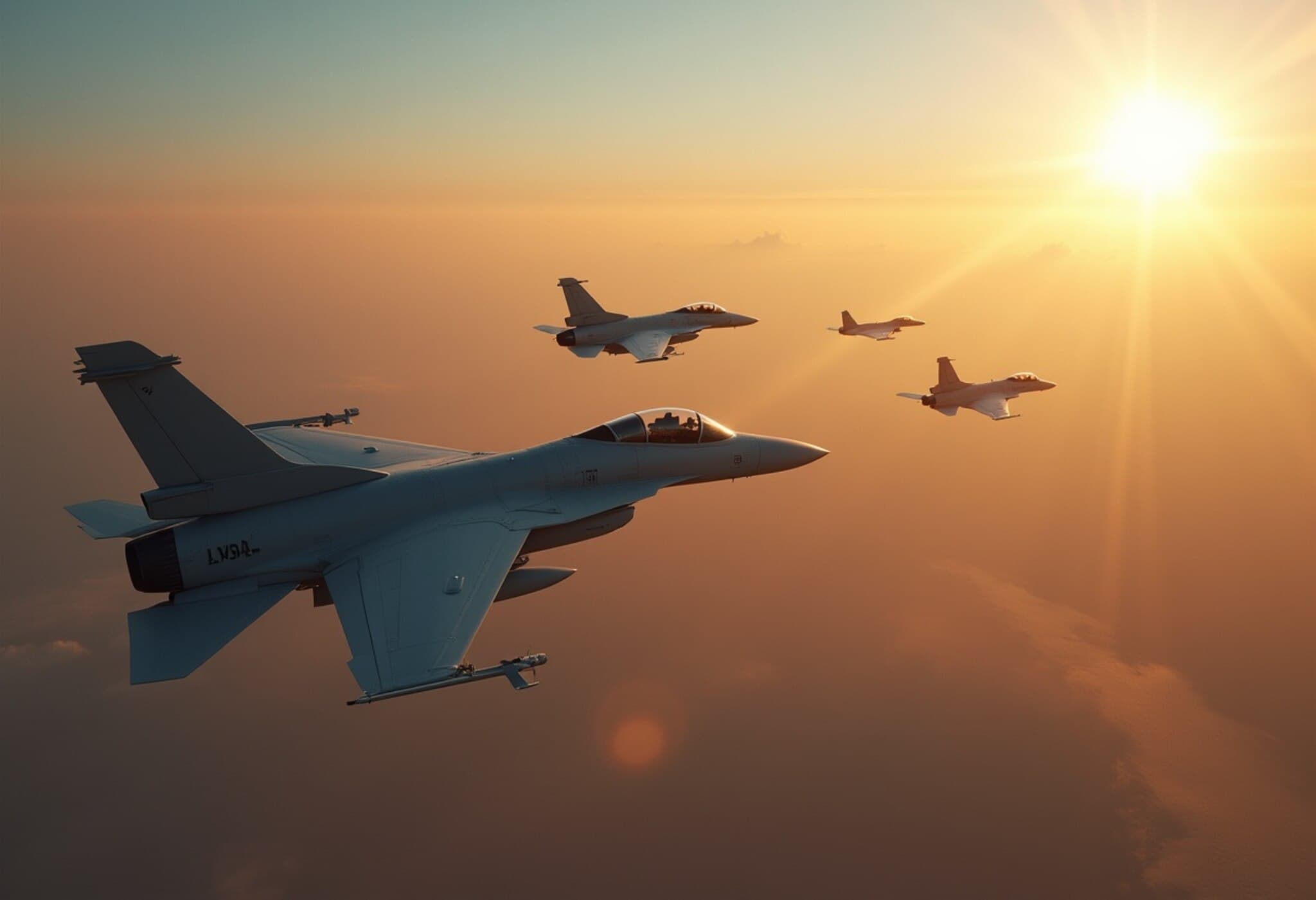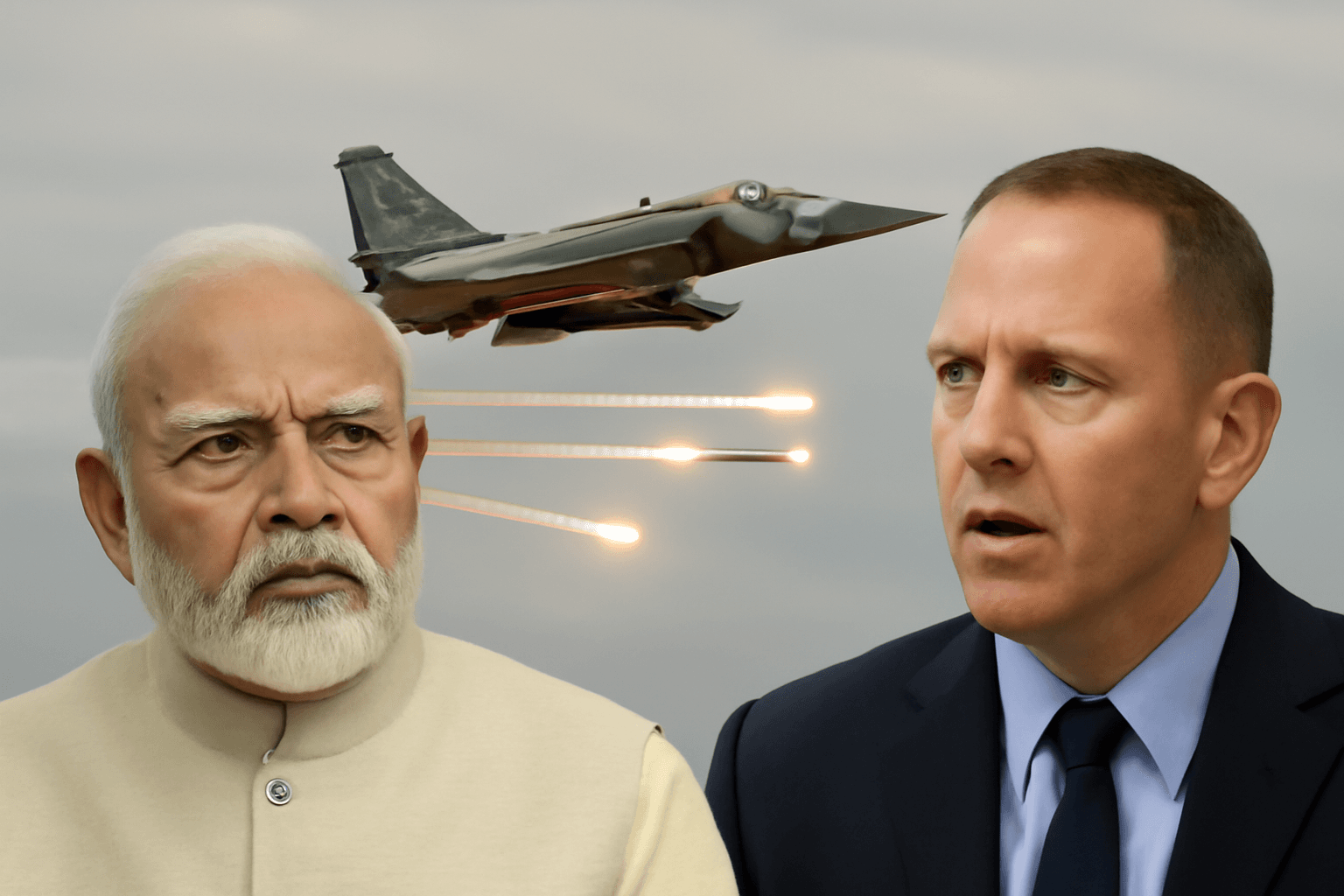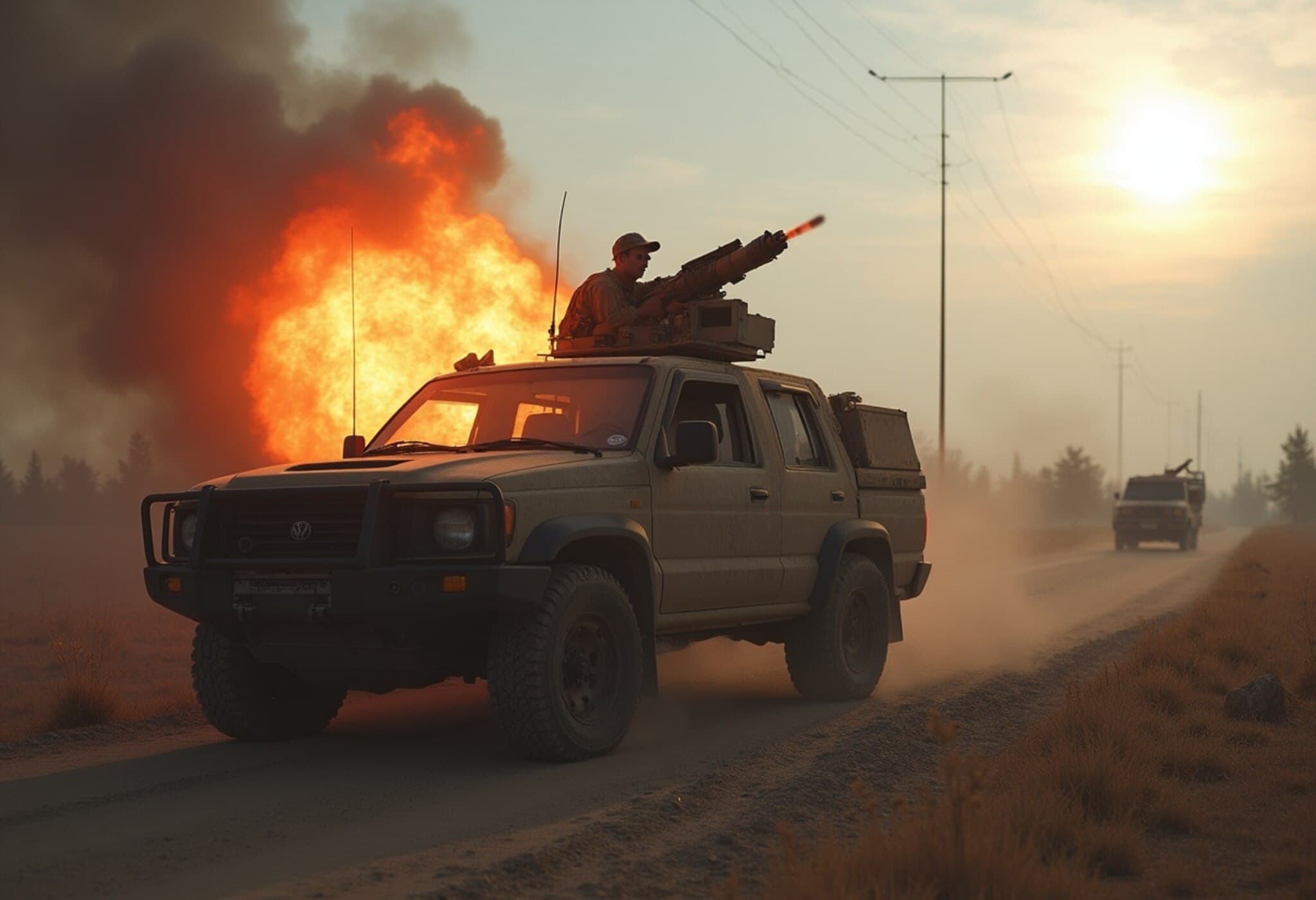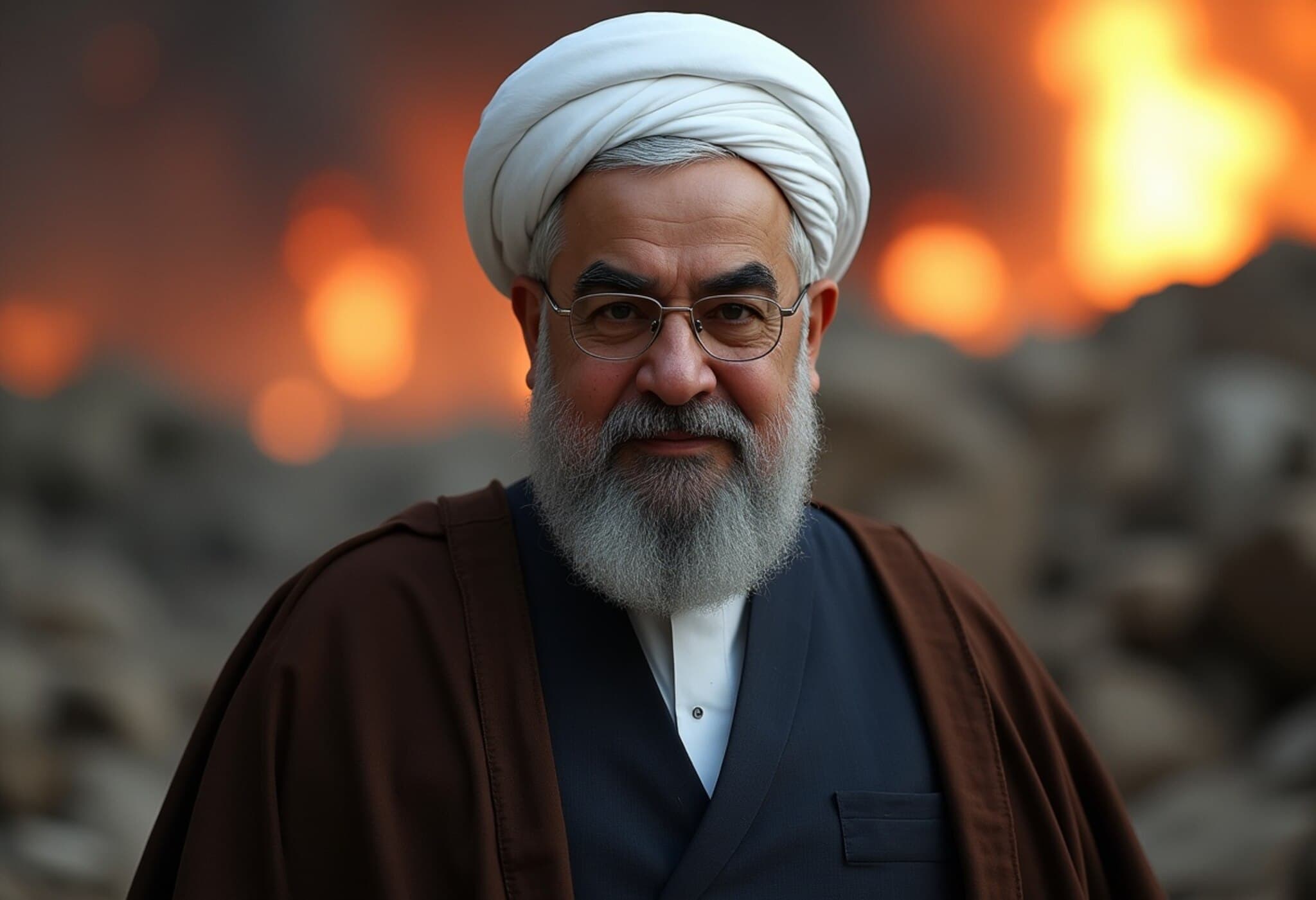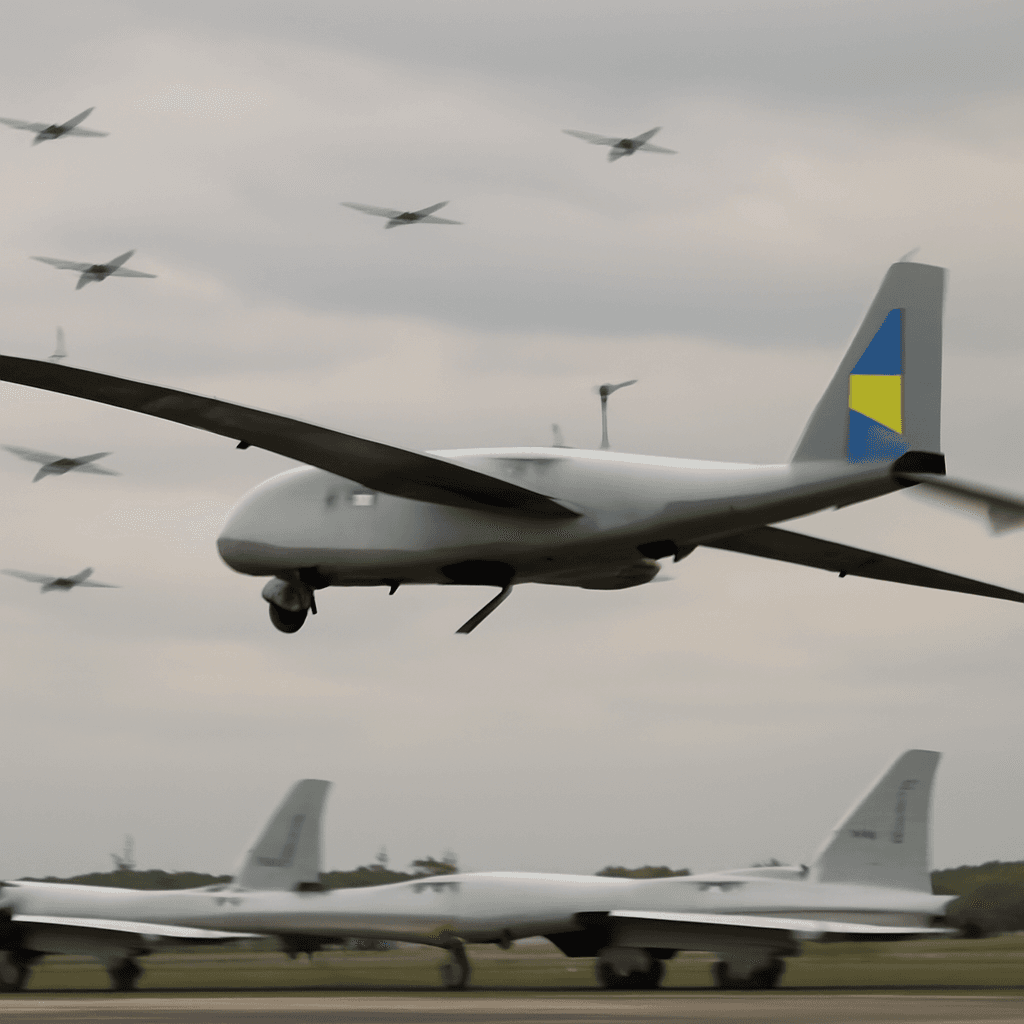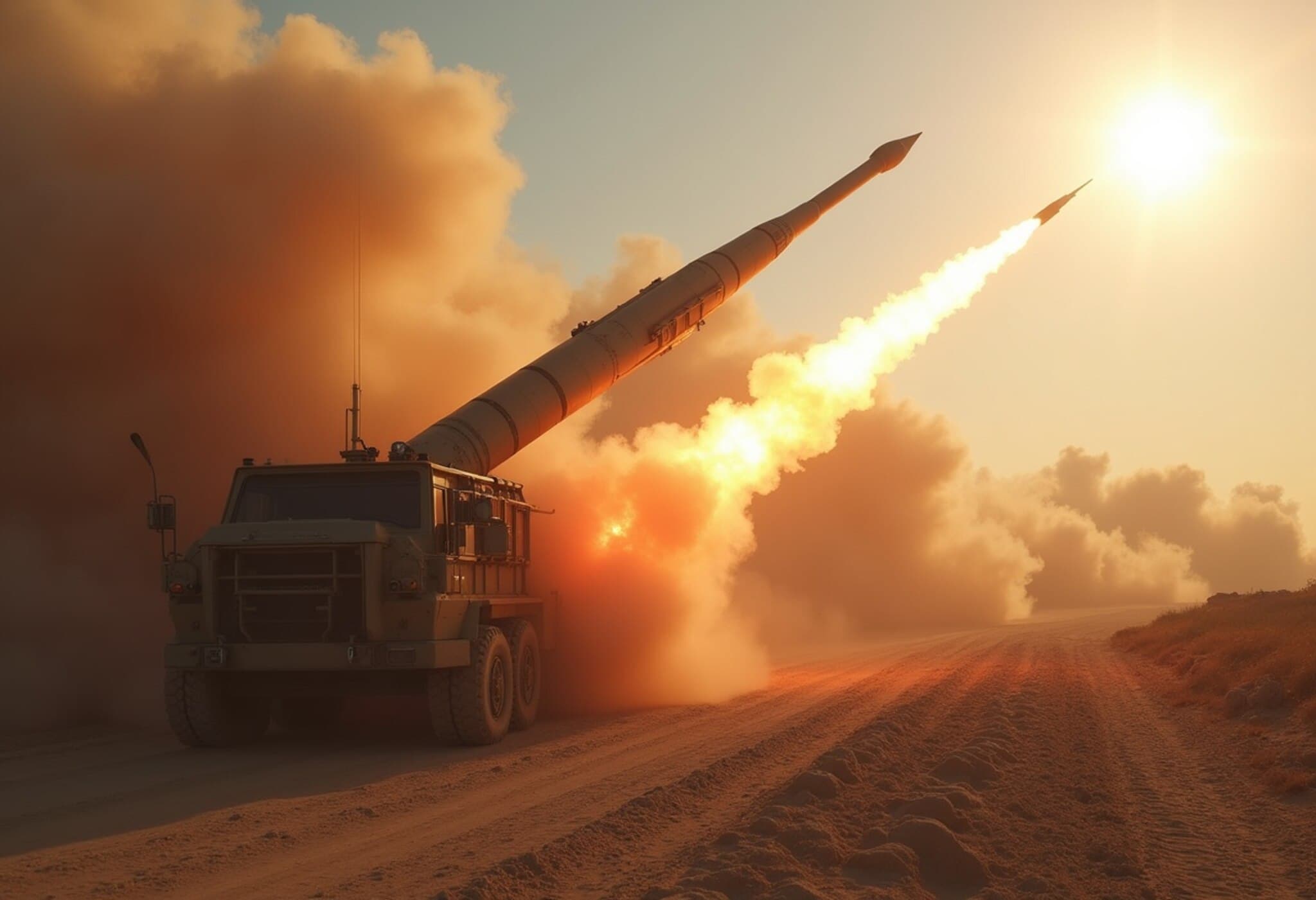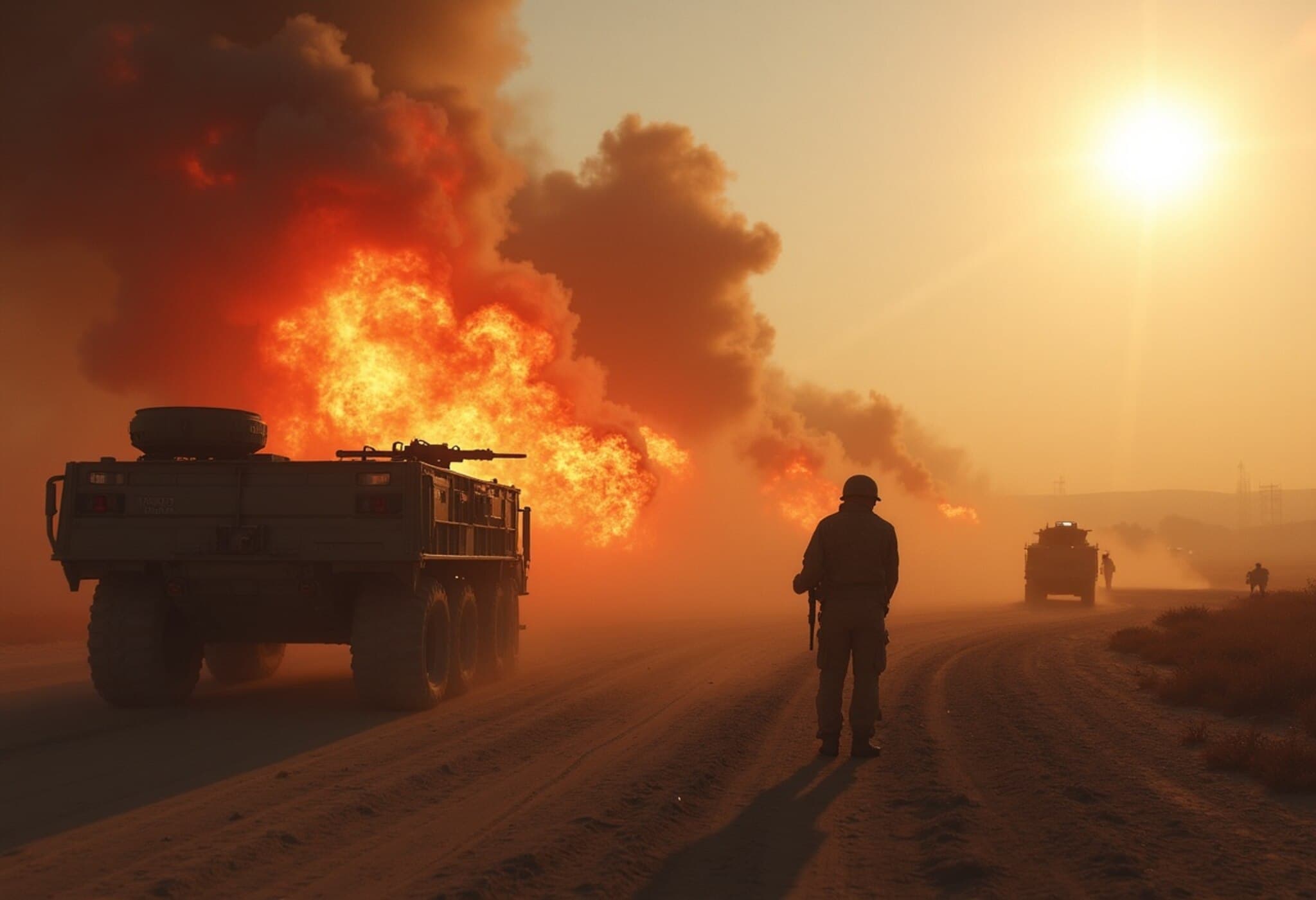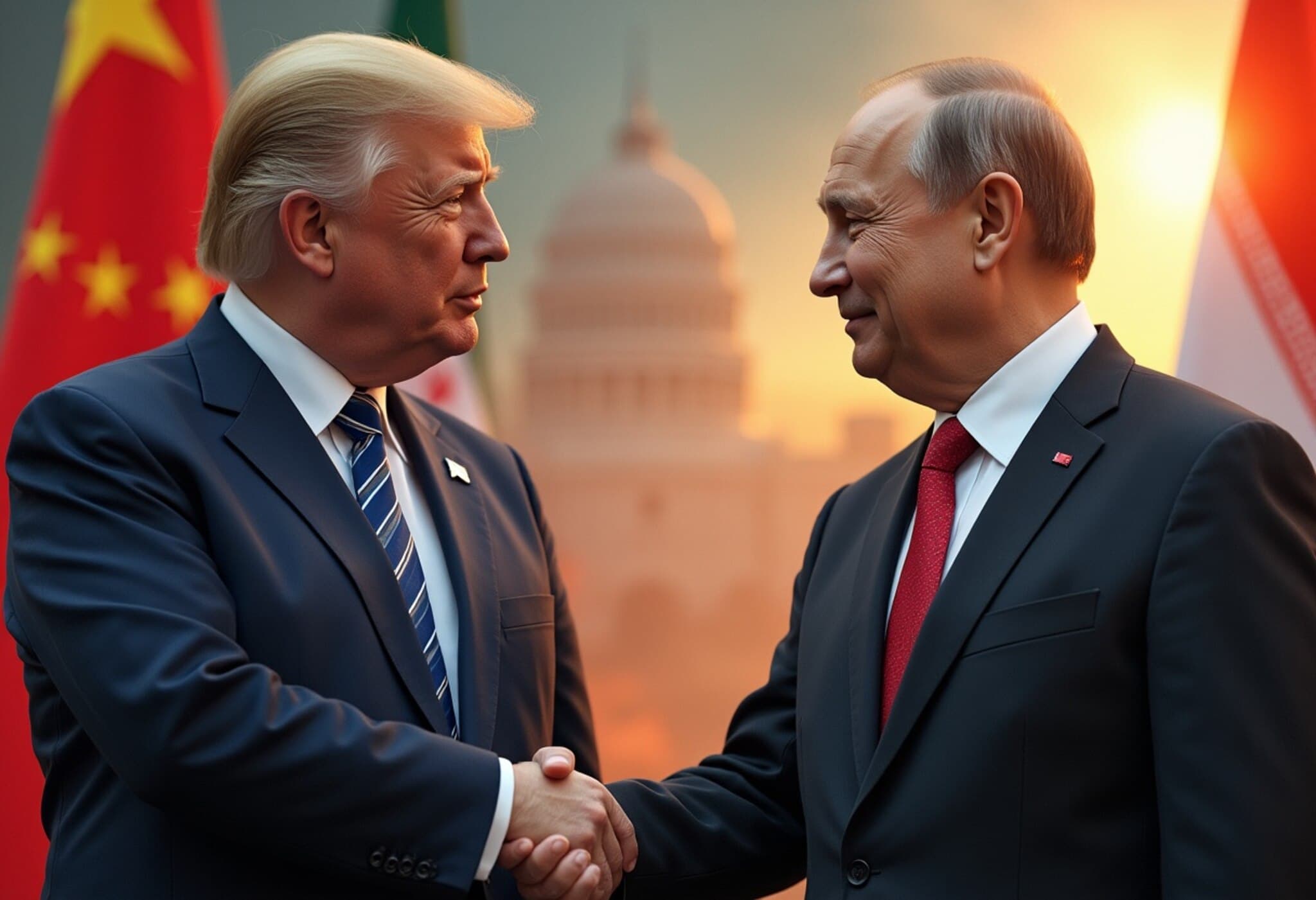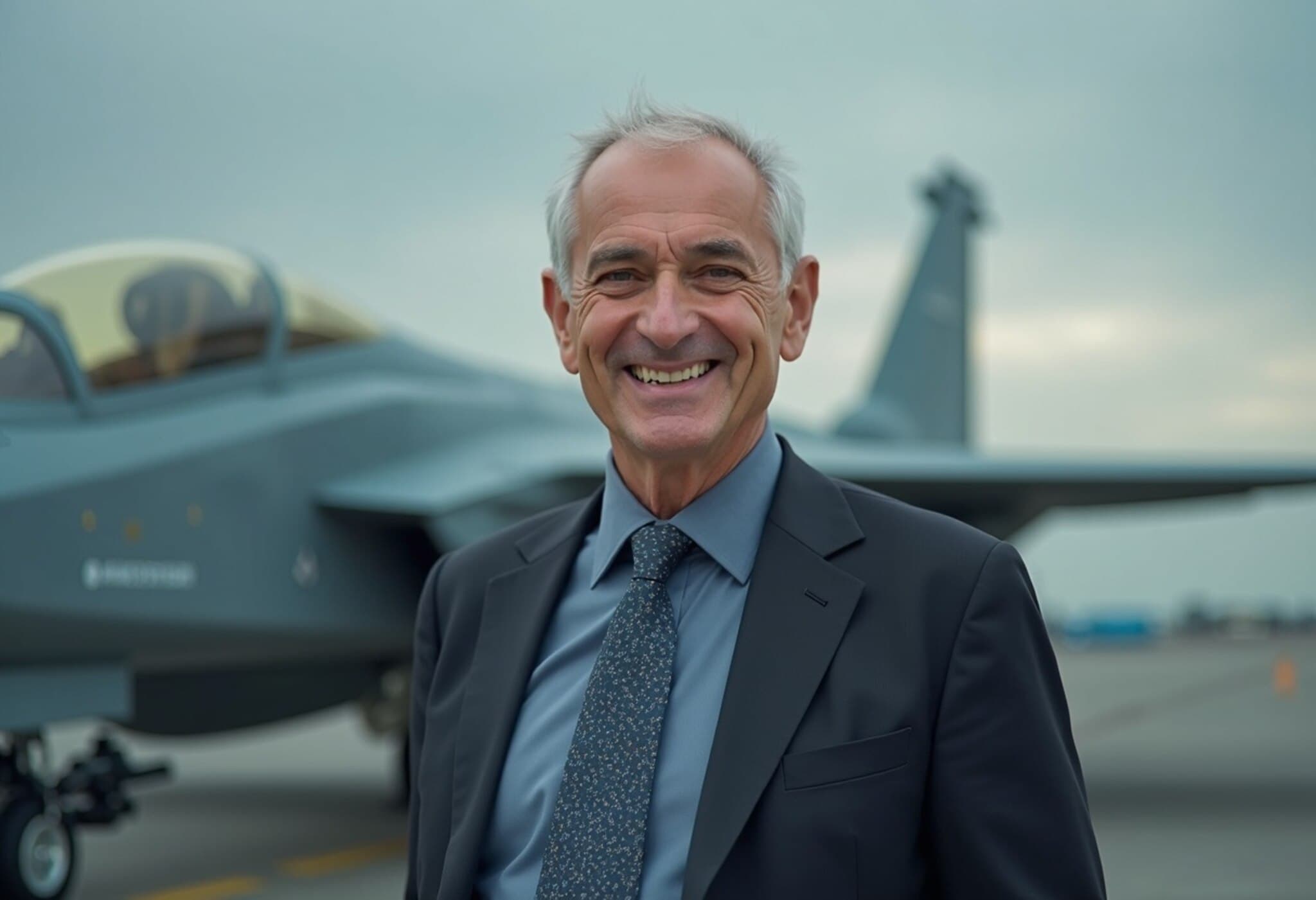Israel Claims Unmatched Air Dominance Over Iran Amid Ongoing Conflict
As hostilities between Israel and Iran escalate, Israel has secured a decisive advantage in the skies, launching unhindered airstrikes deep within Iranian territory. This air supremacy has enabled Israeli forces to dismantle a significant portion of Iran’s missile launchers and target critical military leadership, presenting a stark contrast to Russia’s ongoing challenges in achieving control over Ukrainian airspace despite years of conflict.
The Current Conflict: A Glimpse Into Air Power’s Role
After days of intense missile exchanges, with Iranian attacks causing civilian casualties in Israeli cities, Israel’s air force continues to strike key military, nuclear, and command sites across Iran, reaching as far as Mashhad. Israeli jets operate with remarkable freedom over Iran’s capital, executing precision bombings, a feat that Russia’s air force has notably been unable to replicate over Ukraine even after more than three years of war. This difference underscores not only tactical but strategic and philosophical distinctions in modern aerial warfare.
Israel’s Strategic Offensive
The conflict ignited with a surprise Israeli air raid that successfully targeted Iran's military command centers, nuclear program, and air defense systems. Since then, Israel has destroyed approximately one-third of Iran’s surface-to-surface missile launchers and eliminated key figures in the Islamic Revolutionary Guard Corps. However, Iran continues to retaliate with ballistic missiles and drones targeting Israeli population centers, resulting in rising civilian casualties.
The Critical Importance of Air Superiority
Control of the skies shapes the momentum and outcome of modern combat. With air supremacy, Israel directs the pace and scale of its military operations against Iran, while Russia’s failure to dominate Ukrainian airspace has led to a grueling stalemate characterized by attritional ground and missile warfare.
How Israel Maintains Air Control
Israeli forces combine advanced fifth-generation F-35 stealth jets with older yet effective F-15s and F-16s, capitalizing on degraded Iranian air defenses to carry out continuous, cost-efficient bombing campaigns using guided bombs like JDAM and Spice kits. Israeli military leaders emphasize the risk their pilots embrace, flying hundreds of kilometers into hostile territory to strike with precision and persistence.
Russia’s Struggle in Ukraine: A Contrast
Despite possessing one of the world’s largest air forces, Russia has been unable to operate freely over critical Ukrainian cities such as Kyiv. The Ukrainian conflict has devolved into entrenched ground battles and long-range missile engagements—tactics Israel sought to avoid by securing air dominance early.
Factors Behind the Disparity
Technological and Tactical Advantages
Israel’s air force benefits from superior integration of cyber operations, intelligence, and pilot training that emphasizes autonomy and swift decision-making. In contrast, Russian air operations have been criticized for relying heavily on pilots serving primarily as 'flying artillery', limiting their adaptability and effectiveness in dynamic combat situations.
Iran’s Vulnerabilities
Tehran’s focus on missile deterrence came at the expense of robust air defense systems, relying on a patchwork of outdated and improvised batteries that were quickly overwhelmed. Moreover, Israeli sabotage preceded initial airstrikes, disrupting key Iranian defense systems and eliminating top military leaders, effectively dismantling Iran’s strategic deterrence before the campaign even began.
Geopolitical and Intelligence Edge
Israel’s successful neutralization of Hezbollah and its control over Syrian air-defense corridors have opened a 'superhighway' enabling their aircraft unopposed access to Iranian airspace. Additionally, internal dissatisfaction within Iran has reportedly facilitated intelligence operations and cooperation with Israeli forces.
The Stakes and Strategic Outlook
With Iran losing a significant portion of its missile launch capabilities and Israeli jets flying freely, the conflict increasingly favors Israel’s strategic objectives. Experts note that preemptively destroying missile launchers on the ground drastically reduces threats and shifts the conflict’s dynamics.
This rapid and decisive control over enemy airspace resembles historic moments like the Gulf War's opening days, signaling a renewed understanding that air supremacy remains the quickest route to dominance on the battlefield.

